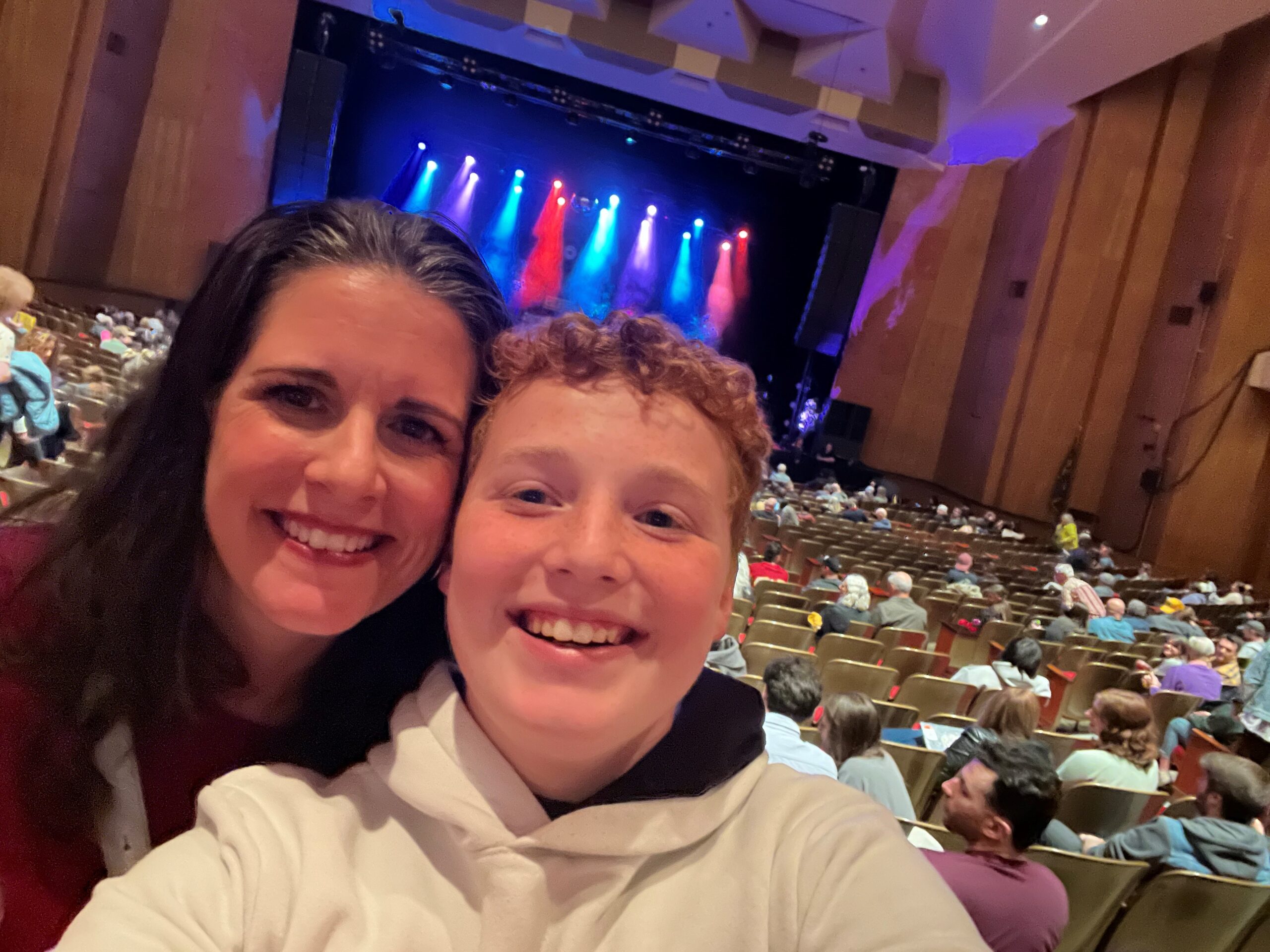Conducting employee comms: Lessons on connectedness from a Jacob Collier concert
Collier has much to teach communicators about conducting and connecting with an audience.

Tia Over is a partner at Spring Green Communications, advising corporate and higher ed clients on communications strategy. She lives in Portland, Ore., with her family. Follow her on LinkedIn and X.
My son and I recently attended our first Jacob Collier concert and were blown away by his musicianship, along with the magic Collier conjures by incorporating the audience.
As he described on the Q with Tom Power podcast not long ago: “When I perform live, I can stand on stage and conduct the whole venue of audience members in three or sometimes six-part harmony by giving them each a starting note, delegating zones by gestures, and then moving my fingers and hands up and down to kind of guide their direction without sort of saying a word about the process — just trusting the intuition of the room.”
The outcome is a deep sense of connectedness between Collier and the audience and among audience members. “The sound of it and the sight of it and the feeling of it completely changed my trajectory of life,” Collier explained. “… it really seriously made me rethink what music is for, what I am for, how my particular perspectives and gifts can help people the most. And I think there’s something amazing about giving power to other people’s voices over your own.”
Since seeing Collier live, I’ve thought about his ability to connect with and conduct an audience, and how, similarly, employee communicators should look for ways to empower all voices in an organization.
In our efforts to create a valuable and meaningful employee experience, here are a few lessons we can take from Jacob Collier’s performances.
1. Solo selection is critical. Guiding leadership to select the right messenger for the message can help ensure employees receive it as intended. Even the best-crafted message delivered by the wrong messenger can raise hackles or not register. Collier sang some songs solo; for others, he had a backup singer step to the front of the stage and take the lead, while other songs were sung in unison.
The messenger should represent the tone — and sometimes the sensitivity — of the news. It’s not always the CEO. Conversely, it shouldn’t always be the head of HR. This is why having a raft of leaders trained as spokespeople is so helpful, as are data from employee surveys that reveal which leaders they deem most trustworthy on which topics. You can call on the right one at the right time and know with confidence that they will hit the right notes.
2. Know when to bring in the audience. Timing is crucial for giving employees a smooth experience and reducing frustration. Depending on the nature of the news that impacts them, not all information should be shared at once or with everyone.
Collier was selective when he queued the audience to hold a note and gave hints that our turn was coming. We understood our role and when he needed to hear from us. In the same way, when reorgs or strategic directives are coming, ensure the correct information drips out at the right cadence. Giving out the wrong information because leadership is rushed or providing so much detail that the essential need-to-knows get lost creates more questions, stress, and, worst of all, arriving at incorrect conclusions (and singing off key!).
3. Promote benefits that ease burdens and bring joy. Since the pandemic, we’ve seen an uptick in benefits that acknowledge the whole self, not just the professional part of who we are. In her recent Q&A, head of Resources for Living at CVS Health Brooke Wilson outlines that communicators should include examples of leaders modeling adoption of those benefits for themselves so that people know it’s okay to slow down and subscribe to a service or apply for a program.
At Spring Green, we recently created a cancer care resource guide for employees and their dependents that brought together the pertinent benefits, from health insurance, mental health and counseling services to financial support and flex leave, centralizing the essential information employees need to know at a time when they’re grappling with difficult news and a barrage of medical care appointments.
We’re also creating an operations toolkit for another client that explains the importance of employee resource groups in the company’s culture and business objectives. Guides like these become a ‘resource for your resource,’ saving employees the trouble of navigating through corporate intranets or communication platforms like Slack or Teams to locate necessary information. They also provide guardrails for company policies that regulate and inform employee activities and empower people to reflect their values and build community internally.
Every message and call to action a company sends to its workers is an opportunity to build a positive employee experience. As communicators, it’s on us to orchestrate messages from leadership in a way that lets employees know they are valued and that their voices have power, too.
CVS Health’s Brooke Wilson will speak at Ragan’s Employee Experience Conference in Nashville this August. Register now!






